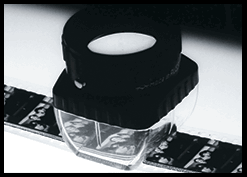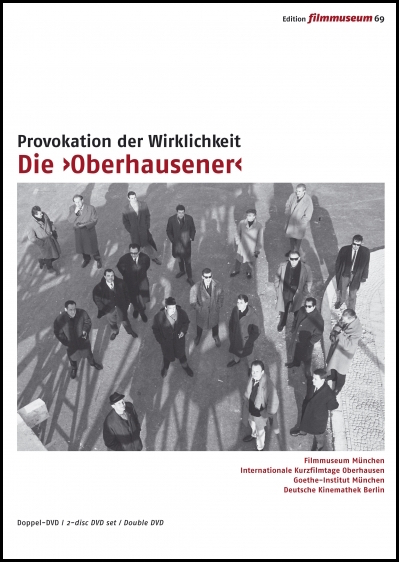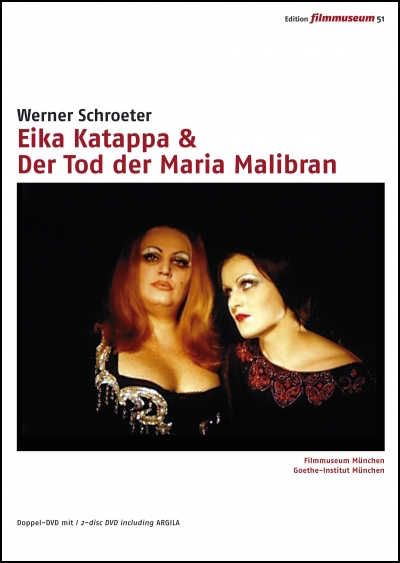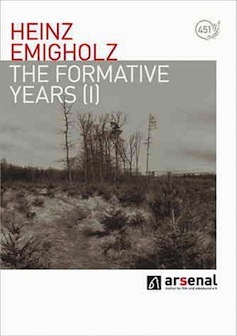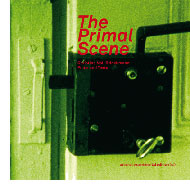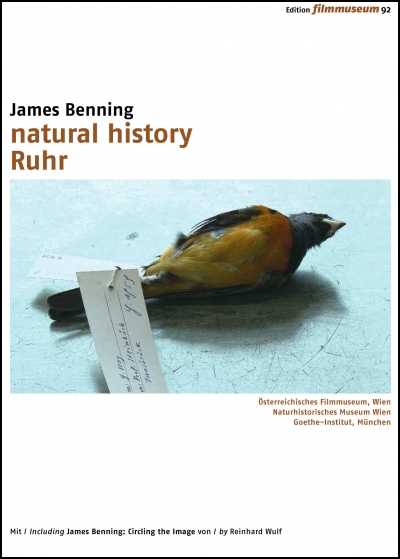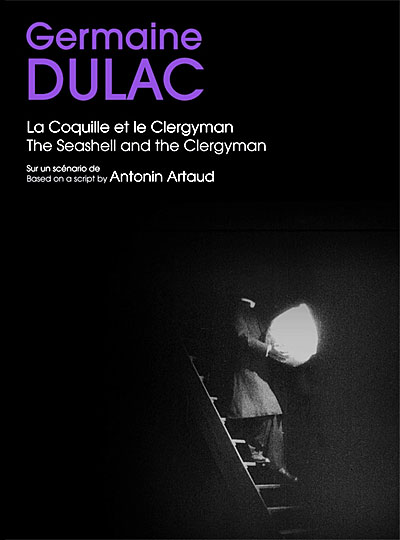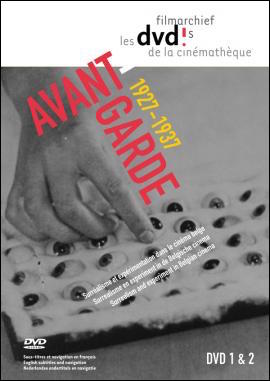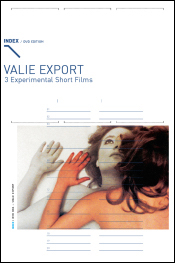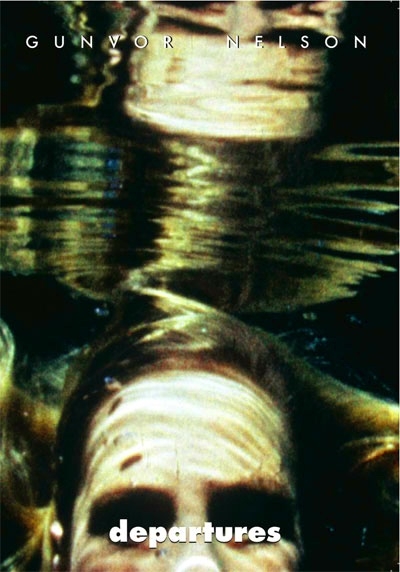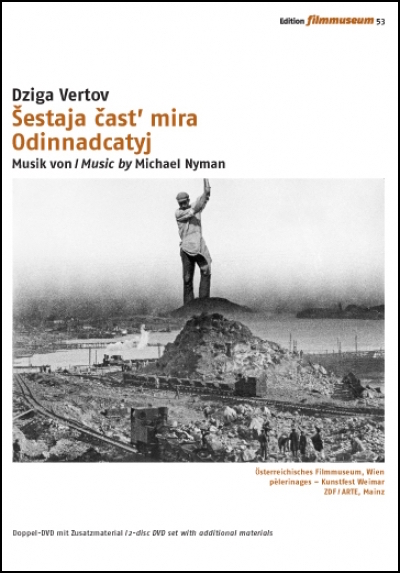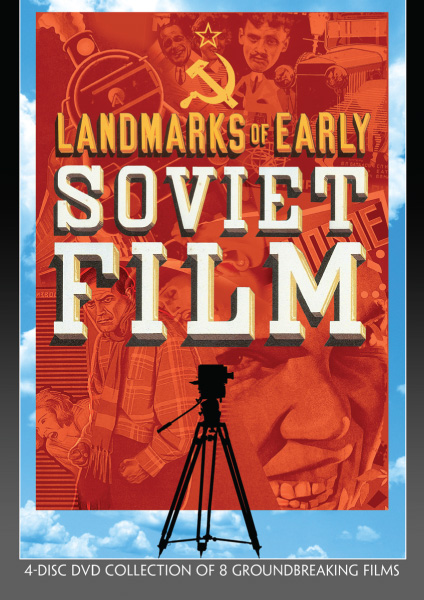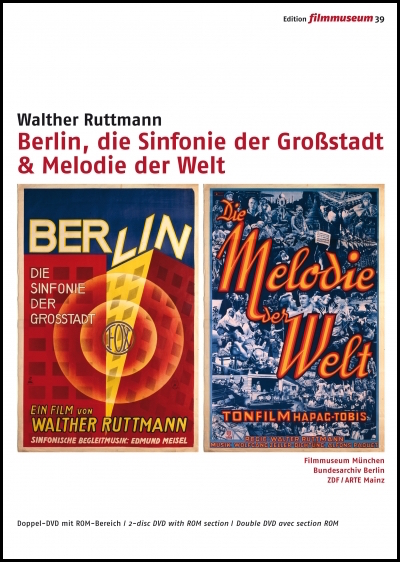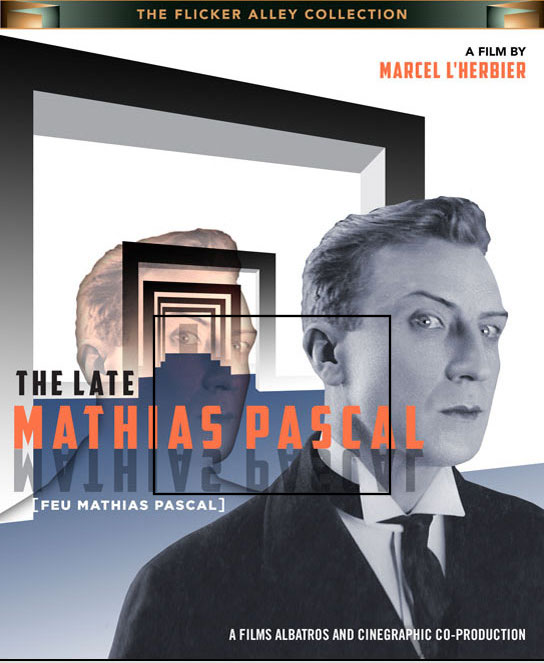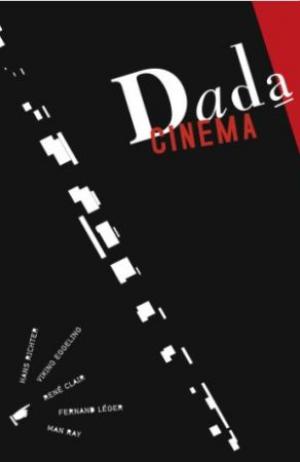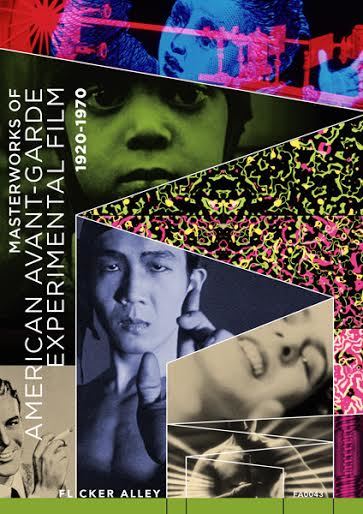GME DVD Distribution – Alexander Kluge and Werner Schroeter Films – Now Available on DVD for North American Institutional Sales
/Gartenberg Media Enterprises is pleased to present DVD publications by Alexander Kluge and Werner Schroeter, both seminal figures of the New German Cinema that emerged in the 1960’s and 1970’s.
◊
These two films by Alexander Kluge both star his sister Alexandra Kluge in the leading role. YESTERDAY GIRL (1966) is about Anita G., a young East German woman who travels to West Germany in search of a better life. Encountering troubles with the law, she is ultimately unable to deal either with a Communist regime or a free-market economy. In PART-TIME WORK OF A DOMESTIC SLAVE (1973), Roswitha Bronski is a married mother of three at the center of the protest movement. She finds her plans for social change are easier to realize outside family life. The 2-disc DVD also offers five short films by Alexander Kluge related to the two feature films.
“Though often acknowledged as one of the most important avant-gardists of his generation in Europe, Alexander Kluge does not think of himself as such. He considers himself a partisan of an “arriere-garde” whose project is not to push into new aesthetic territory or be the vanguard of a new kind of film art, but to “bring everything forward”—to bring forward all the lost utopian aspirations of past political and aesthetic projects, all the wishes and hopes that history has left unrealized. His is a project of redeeming past failures. This might seem an odd claim by Kluge, who was a pioneer of the German New Wave as it emerged in the late ‘50s and early ‘60s, and a signatory and moving force behind the famous OBERHAUSEN MANIFESTO of 1962 which declared “The old film is dead.” But like his intellectual precursor Walter Benjamin, Kluge has always thought any project for authentic renewal must consciously detour through the past in order to avoid creating what another of his great intellectual mentors, Bertolt Brecht, called the “bad new”— essentially the recreation of existing oppressive social relations and tired aesthetic forms in the guise of a glossy, marketable and illusory “New.” For Brecht, Fascism was the exemplary “bad new”; for Kluge, the “bad new” consisted of the dreary products of the “culture industry” and the tedious social conditions prevailing in Germany—about which he once said that they were bad enough that no one was really happy, but not bad enough to make anyone do anything about them.”
– Christopher Pavsek, Cinema Scope
◊
This 2-disc DVD set presents new restored versions of two rare classics by Werner Schroeter, and compliments GME's prior release of two separate DVD editions comprising other key films by this unconventional artist, EIKA KATAPPA & DER TOD DER MARIA MALIBRAN and DER BOMBERPILOT & NEL REGNO DI NAPOLI. WILLOW SPRINGS (1973) was shot in a village in the Mojave desert and describes a house run by three man-eaters. TAG DER IDIOTEN (1981) was shot in the USSR. A woman experiences psychic disintegration and ends up in a mental institution. Rare short films by and about Werner Schroeter as well as stills from the shooting of TAG DER IDIOTEN are added as bonus features.
"WILLOW SPRINGS (1973) is the only film which Werner Schroeter has shot in the United States. The scene is a lonely, dilapidated house with a bar on the edge of the Mojave desert; the house, like the place in which it is located, is called "Willow Springs". The three Amazons sit in their lair, waiting for men to rob, love, and kill. But in this "feminist" counter-world, "male" power structures continue to function: the "master thinker" and priestess Magdalena (Montezuma) dominates the ethereal Christine (Kaufmann), who, in love with herself, is the sterile embodiment of an art grown unsensual. At the very bottom of the hierarchy is Ila (von Hasberg), the maid who says next to nothing. She not only finds sexual contact with the stranger Michael (O'Daniels), but also love. The two contrive to flee, but the murderous Magdalena kills them. "Art" also kills herself, before she goes out into the desert as the Black Angel, the title of Schroeter's next film, which was made in Mexico in 1973/74…Eroticism and force, introversion and exaltation, sensual happiness and destructive power – all these things come forth in the “Kammerspiel” intimacy of the allegorical drama WILLOW SPRINGS."
– Wolfram Schütte
"DAY OF THE IDIOTS (1981) opens with a frenetic overture. A beautiful, young woman (Carole Bousquet) puts on an eccentric act in an attempt to attract the attention of the world around her and that of her boyfriend – she smears her face with lipstick, orders three cups of coffee at once in a café, and occasionally switches from men’s to women’s clothing. Her conformist, considerate boyfriend, whom she “wishes she could see into to find out if he really loves her”, is crazy about his records, which she then tramples on. When the public is called upon by the media to assist in the search for “terrorists and their accomplices”, the line linking the insanity of Carol’s puberty and that of the public at large hums with life. She randomly denounces innocent women to the police until she is caught one day and sent to an asylum…DAY OF THE IDIOTS (1981), a fantasy on the torment and joy of yearning, on insanity and reality, transgression and identity of the self ranks among the most mysterious, the most perplexing of Werner Schroeter’s narrative films."
– Wolfram Schütte
◊
Additional Titles Of Related Interest From GME:

